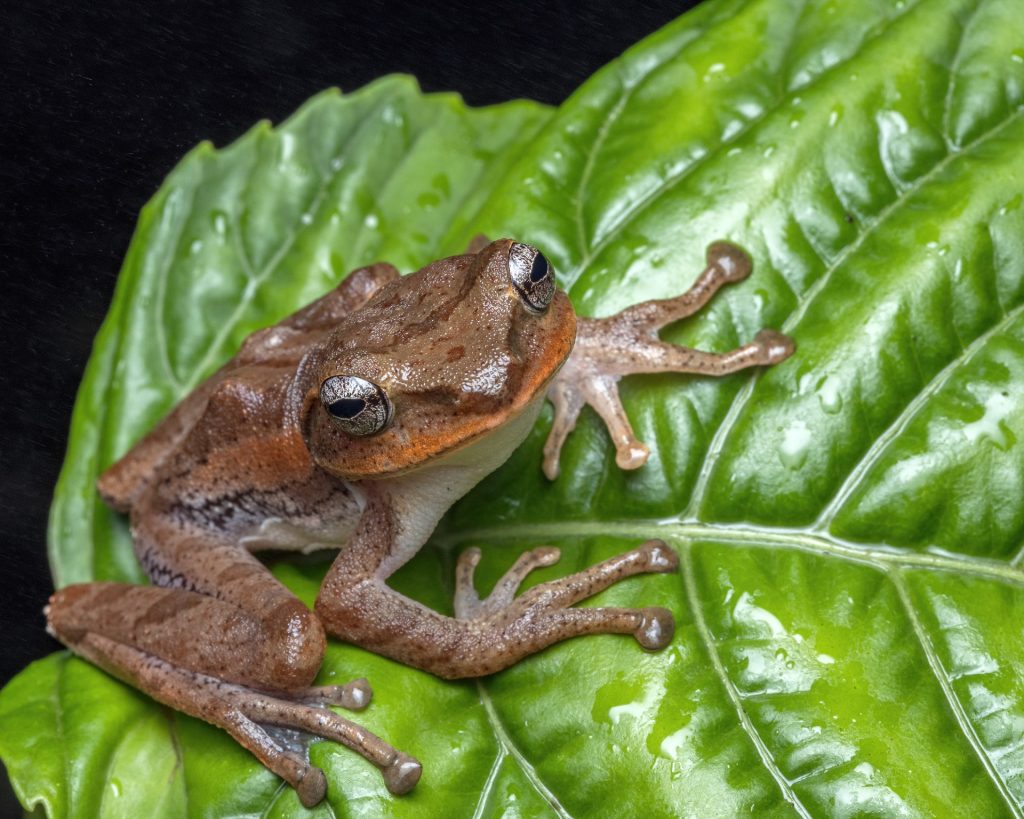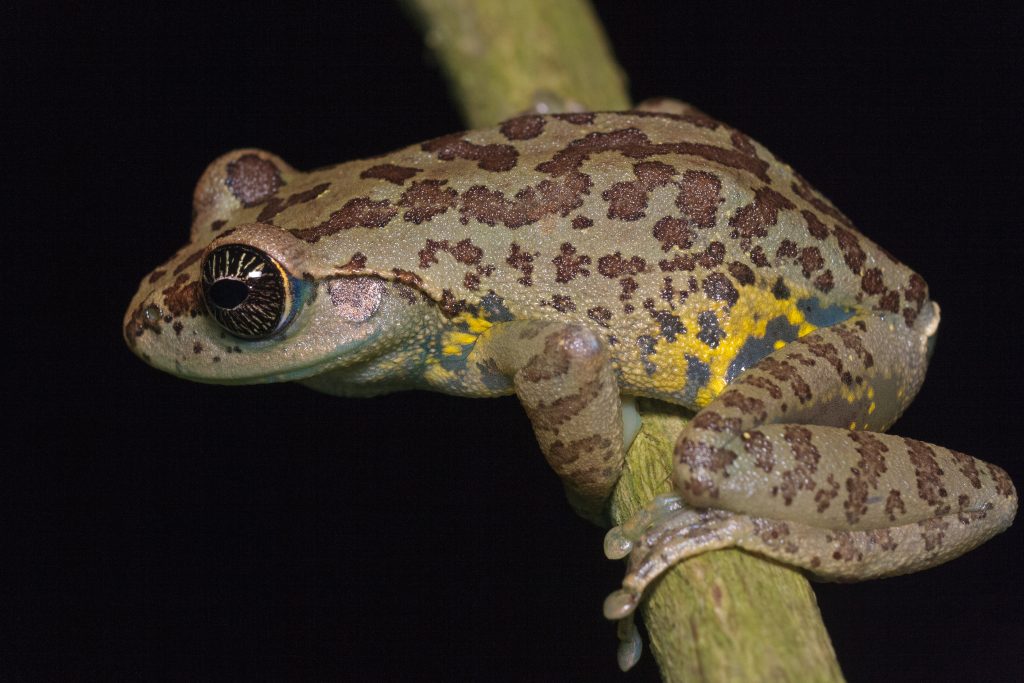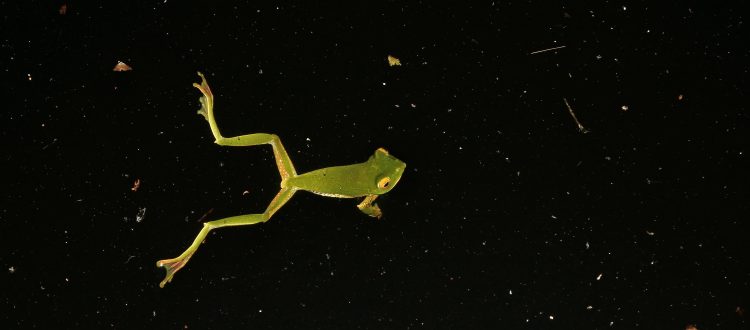Leaping towards extinction: Amphibians face a global crisis!
The recently released Global Amphibian Assessment 2 (GAA2) report paints a troubling picture of the global decline of amphibians. This diverse group of vertebrates including frogs, toads, salamanders, and newts, are facing unprecedented threats leading to rapid population declines and, in some cases, extinction. The report highlights habitat loss, climate change, pollution, and the deadly chytrid fungus as major culprits behind these declines. Amphibians are highly sensitive to environmental changes, making them early indicators of ecosystem health. Their disappearance could signify larger ecological imbalances. Urgent conservation efforts are imperative to halt these declines and preserve the delicate balance of our ecosystems. The findings of the GAA 2 report underscore the critical need for international collaboration and proactive conservation measures to safeguard these unique and ecologically important creatures from further decline.

The world is facing a critical Amphibian crisis with 41% of species on the brink of extinction!
Amphibians play a crucial role in tropical ecosystems for several reasons. Their population fluctuations can signal early warnings of environmental disturbances, such as pollution or habitat loss, which can affect other species in the ecosystem, including humans. In tropical ecosystems, where insect populations can be prolific, amphibians act as natural pest controllers, helping to keep insect populations in check. This can be particularly important for agricultural areas, where pest insects can damage crops. Amphibians, both as adults and during their aquatic larval stages, contribute to nutrient cycling in ecosystems. They consume organic matter and invertebrates, releasing nutrients back into the ecosystem through their waste. They also serve as a food source for various predators, including birds, snakes, mammals, and other amphibians. Their presence supports the intricate web of life in tropical ecosystems, ensuring the survival of many species higher up the food chain. Some amphibians produce bioactive compounds in their skin secretions as a defence mechanism against predators and pathogens. Conservation of amphibian populations in tropical ecosystems is essential not only for the health and balance of these ecosystems but also for potential benefits to human medicine and agriculture. Their decline can disrupt the delicate balance of these ecosystems, leading to widespread ecological consequences.

A Starry-eyed tree frog in Munnar | Photo by Dr. Harikrishnan S
According to the GAA2 report, 147 species from India (41%) fall in the Threatened Categories (Critically Endangered, Endangered, and Vulnerable), with most such species occurring in the Western Ghats. In this region, habitat loss is the number one reason for the decline of amphibians, followed by climate change. Munnar, nestled in the lush Western Ghats of Kerala, is a biodiversity hotspot renowned for its rich flora and fauna, including a fascinating array of amphibians. This region boasts a diverse amphibian population, with species such as the Anamalai Gliding Frog (Rhacophorus pseudomalabaricus), the beautiful Starry-eyed Tree Frog (Ghatixalus asterops), and the endemic Resplendent Bush Frog (Raorchestes resplendens) making their homes in the region’s dense forests and pristine water bodies. These amphibians are not only vital components of Munnar’s delicate ecosystems but also serve as indicators of environmental health. Their presence highlights the area’s exceptional biodiversity and underscores the importance of conservation efforts in preserving the unique amphibian species of Munnar for future generations.
WTI’s Amphibian Recovery Project, supported by Synchronicity Earth and Stiftung Artenshutz, and in collaboration with the Kannan Devan Hills Plantations Company Pvt. Ltd (KDHP), focuses on arresting the decline of threatened amphibians in the Munnar landscape. We hope to achieve this by mapping the distributions of these species, monitoring populations at breeding ponds, and improving habitat management practices outside Protected Areas.
Dr. Harikrishnan S is the Head of WTI’s Amphibian Recovery Project in Munnar, Kerala









